10 High-Fiber Foods That Can Flatten Your Belly in 2 Weeks
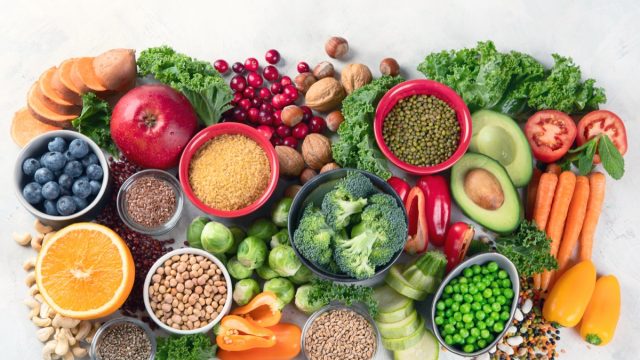
A flatter belly doesn't require complicated diets or intense workout routines. The secret to achieving this goal might be as simple as adding more high-fiber foods to your meals. Fiber plays a crucial role in digestion, helps regulate blood sugar, and keeps you feeling fuller for longer. It's also a powerful ally in reducing belly fat and bloating, as it supports healthy gut bacteria and promotes regularity. By incorporating these 10 fiber-rich foods into your daily diet, you can start to see visible results in just two weeks. From versatile grains to delicious fruits and vegetables, these options are easy to prepare, satisfying, and packed with nutrients to help you feel lighter, healthier, and more energized. Here's how these foods work and why they belong on your plate.
Oatmeal
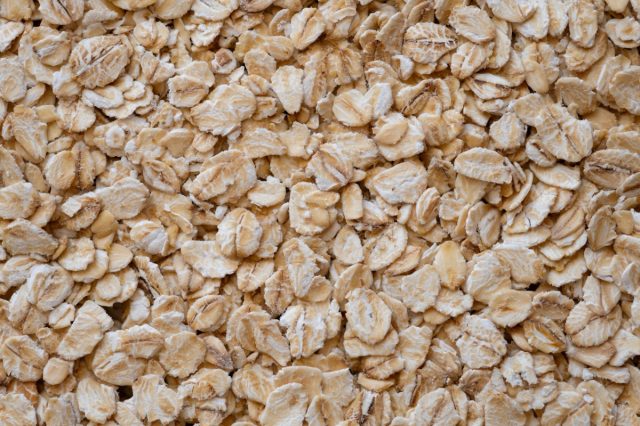
Oatmeal is a fiber-rich breakfast staple that sets the tone for a healthy day. Packed with soluble fiber, oatmeal helps reduce cholesterol levels, regulate blood sugar, and prevent fat storage. Its high fiber content also keeps you full longer, reducing the likelihood of snacking before lunch. For added benefits, top your oatmeal with fresh berries or a sprinkle of chia seeds, both of which boost fiber and antioxidants. Quick to prepare and endlessly customizable, oatmeal is a versatile choice for anyone looking to flatten their belly. Choose steel-cut or rolled oats for the most nutritional value, and skip sugary instant options to maximize the benefits.
Chia Seeds
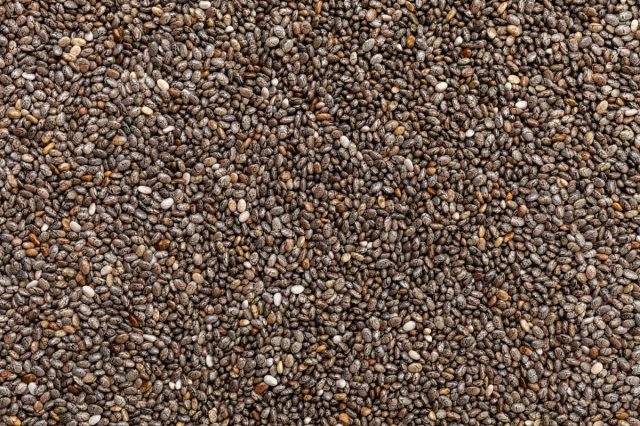
Chia seeds are small but powerful, delivering a remarkable 10 grams of fiber per ounce. When soaked, they form a gel-like consistency that aids digestion and promotes feelings of fullness. Their high fiber content also helps stabilize blood sugar levels, reducing cravings and supporting weight loss. Add chia seeds to yogurt, smoothies, or overnight oats for an easy fiber boost. They're also a great thickener for puddings or baked goods. Rich in omega-3 fatty acids, chia seeds provide additional health benefits, including reducing inflammation. With their mild flavor and impressive nutritional profile, chia seeds are an easy way to upgrade your meals.
Avocados
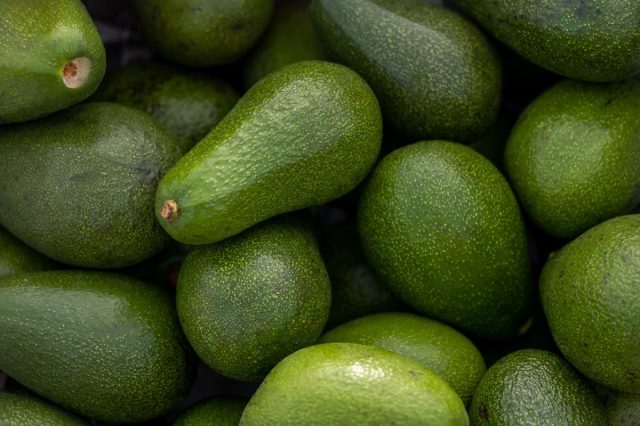
Avocados are a fiber and nutrient powerhouse, with around 10 grams of fiber per fruit. They're also packed with heart-healthy monounsaturated fats that keep you satiated and energized. The fiber in avocados supports healthy digestion and helps reduce bloating, making them a perfect addition to your weight-loss plan. Slice them onto toast, add them to salads, or blend them into smoothies to enjoy their creamy texture and mild flavor. Avocados also contain potassium, which helps regulate sodium levels and prevent water retention. Versatile and satisfying, this superfood is a must-have for a flatter belly and overall health.
Lentils
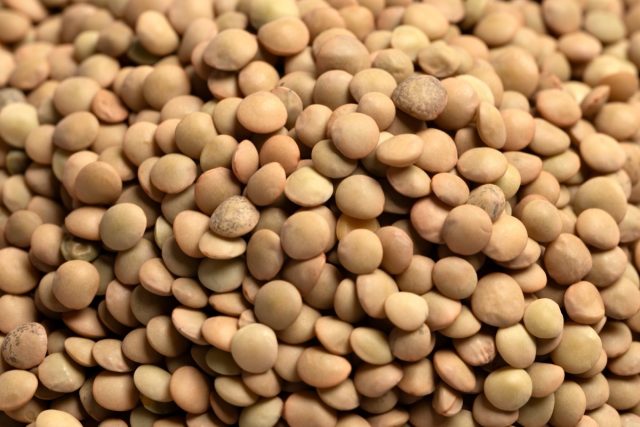
Lentils are a high-fiber, protein-packed legume that can transform any meal. One cup of cooked lentils delivers over 15 grams of fiber, making them a standout choice for improving digestion and reducing belly bloat. Their complex carbohydrates provide steady energy, while their fiber keeps you feeling full longer. Lentils are incredibly versatile—use them in soups, stews, salads, or as a meat substitute in dishes like burgers or tacos. They're also rich in iron and folate, which support overall health. Affordable and easy to cook, lentils are an excellent staple for anyone looking to flatten their belly naturally.
Berries
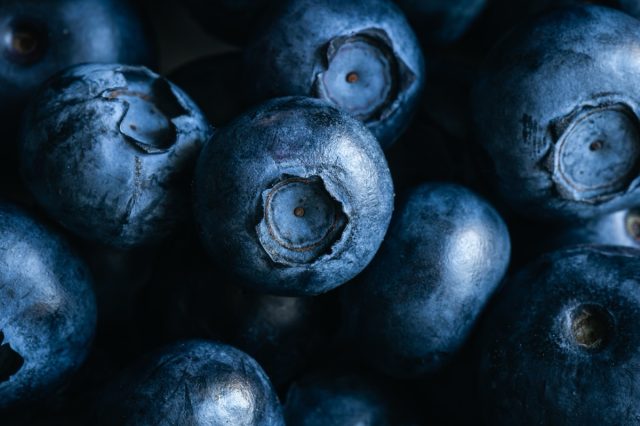
Berries like raspberries, blackberries, and blueberries are fiber-rich fruits that are as delicious as they are nutritious. A cup of raspberries, for instance, contains about 8 grams of fiber, supporting digestion and promoting satiety. Their high antioxidant content also helps fight inflammation, which can contribute to belly fat. Add berries to oatmeal, yogurt, or salads for a sweet and satisfying treat. They're also an excellent snack on their own. Low in calories but high in nutrients, berries make it easy to enjoy a flavorful and fiber-packed diet that supports your weight-loss goals.
Broccoli
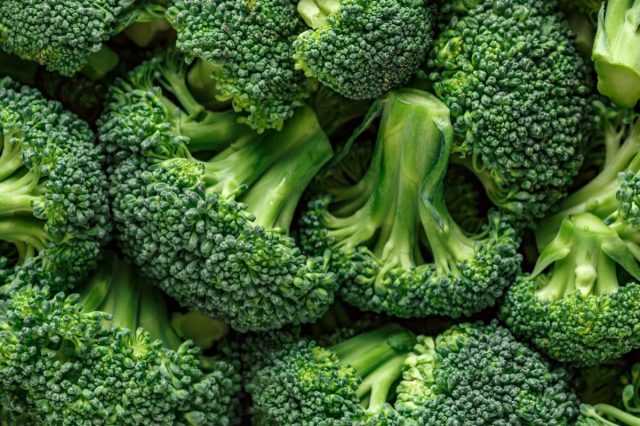
Broccoli is a fiber-filled vegetable that's also rich in vitamins and antioxidants. Just one cup provides about 5 grams of fiber, along with essential nutrients like vitamin C and potassium. Its fiber content supports a healthy digestive system, reducing bloating and promoting regularity. Broccoli can be steamed, roasted, or added to stir-fries, soups, and salads. Its versatility makes it an easy addition to any meal. Plus, its low-calorie count and high nutrient density make it a perfect food for weight loss. Incorporating broccoli into your diet regularly is a simple way to work toward a flatter belly.
RELATED: I Lost 25 Pounds by Swapping Out These 6 Sugary Foods
Quinoa
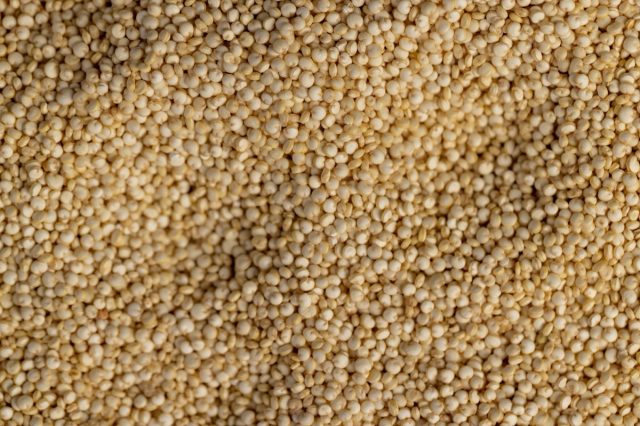
Quinoa is a high-fiber, gluten-free grain that's ideal for those looking to lose weight. A cup of cooked quinoa contains around 5 grams of fiber, along with complete protein and essential amino acids. Its unique combination of nutrients helps regulate blood sugar and keep you full. Use quinoa as a base for salads, in place of rice, or as an addition to soups. It pairs well with vegetables and lean proteins, making it an excellent component of balanced meals. Quinoa's versatility and nutritional profile make it a great choice for supporting a flatter belly.
Sweet Potatoes
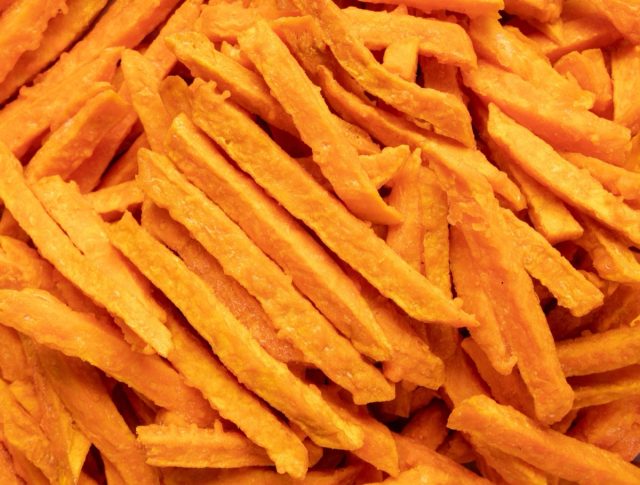
Sweet potatoes are not only delicious but also packed with fiber and essential nutrients. One medium sweet potato provides about 4 grams of fiber, promoting healthy digestion and reducing bloating. Their natural sweetness satisfies sugar cravings, making them an excellent alternative to processed snacks. Bake them, mash them, or cut them into wedges for a healthy side dish. Sweet potatoes are also rich in vitamins A and C, which support your immune system. Their combination of fiber, nutrients, and natural sweetness makes them a valuable addition to a belly-flattening diet.
Almonds
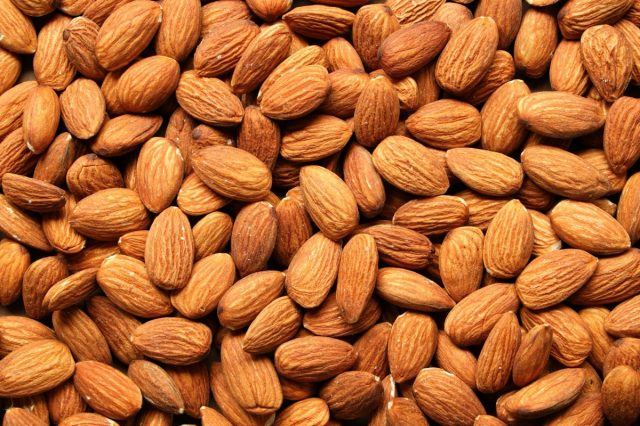
Almonds are a high-fiber, protein-rich snack that's perfect for weight loss. Just one ounce provides about 3.5 grams of fiber, along with healthy fats that keep you feeling full. Almonds are an excellent alternative to sugary snacks, helping you avoid energy crashes. Enjoy them on their own, add them to salads, or sprinkle them over yogurt for a crunchy, satisfying boost. Rich in magnesium and vitamin E, almonds also provide additional health benefits, including supporting heart health. Their convenience and versatility make them a go-to option for healthy snacking.
RELATED: 8 Tips to Make Losing Weight Feel Effortless, From Proven Experts
Beans
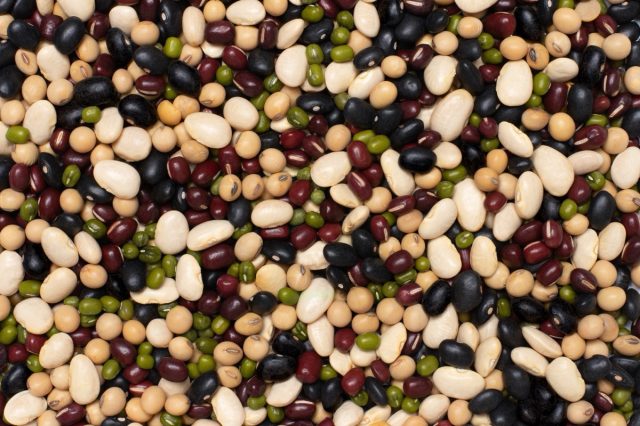
Beans, including black beans, kidney beans, and chickpeas, are fiber powerhouses. A single cup of cooked beans contains around 15 grams of fiber, making them one of the best foods for improving digestion and reducing belly fat. Beans are also rich in protein, which helps build lean muscle and burn fat. Use them in soups, stews, salads, or as a base for dips like hummus. Their affordability and versatility make them an easy addition to any meal plan. With their high fiber content and ability to curb hunger, beans are a must-have for anyone looking to flatten their belly. And if you enjoyed this article, take advantage of these 15 Quick Ways to Lose Body Fat Percentage in a Week.




